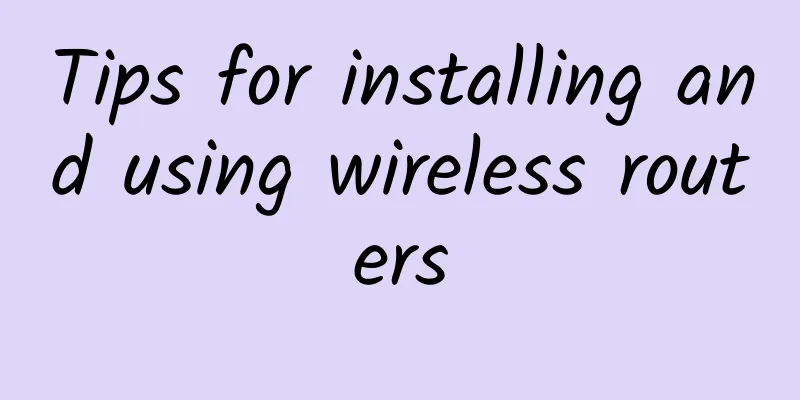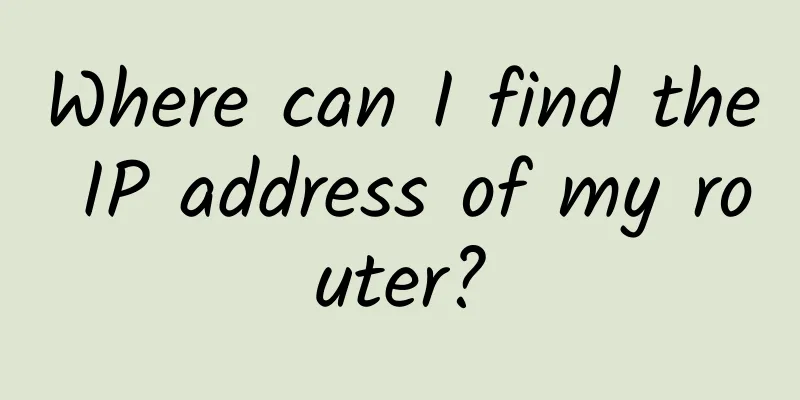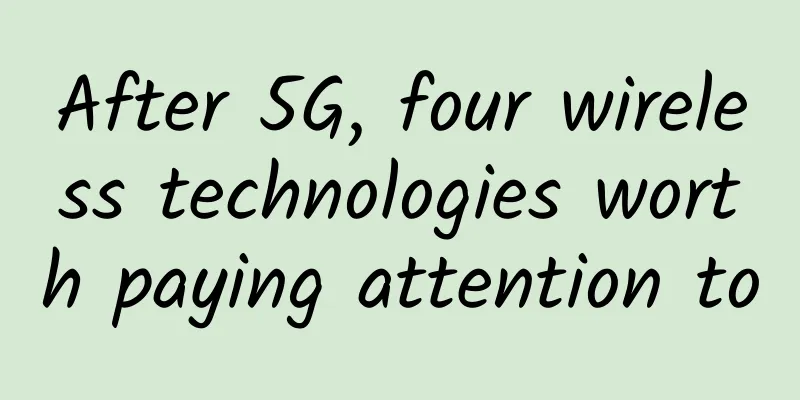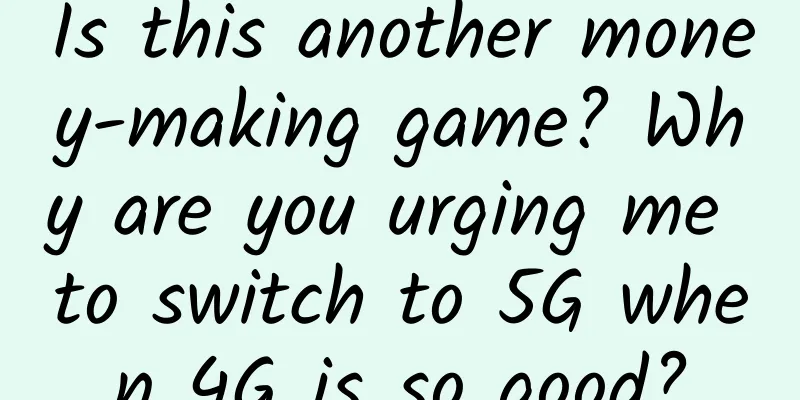Who moved my Activity?

|
Preface I wonder if you have ever thought about this question: in daily development, the most commonly used method is to call up a new Activity through startActivity(). Who holds the reference to the created Activity object? The newly started Activity object should always be referenced during its life cycle, otherwise it will be recycled during the system GC. So what is the reference relationship? In order to figure out the whole problem, the author began to search the source code (Android Q). First, I had to figure out how the Activity instance was created. Creation of Activity object The launch of an Activity is a cross-process communication process. For the client, the creation of an Activity will call back to the handleLaunchActivity() method in ActivityThread:
Then I found the creation of the Acitivity instance in the performLaunchActivity() method:
The creation of Activity is handled by the Instrumentation class:
The final creation work is further implemented by the factory class AppComponentFactory:
At this point, the process of creating an Activity object is already very clear: get the Class object of the target Activity through the ClassLoader object and the class name, and then call the newInstance() method of the Class object to create an instance. The graphical relationship is as follows: Reference relationship of Activity object After understanding the creation process of the Activity object, let's go back to the performLaunchActivity() method of the ActivityThread at the beginning and then look down:
Here we seem to have found the answer we were looking for: The newly created Activity object will be held by the passed in ActivityClientRecord object, and then the ActivityClientRecord object will be added to a collection called mActivities. ActivityClientRecord is a static inner class of ActivityThread, used to record information related to Activity. The object creation process can be found in the LaunchActivityItem class (after API 28): frameworks/base/core/java/android/app/servertransaction/LaunchActivityItem.java:
Let's take a look at this mActivities collection: frameworks/base/core/java/android/app/ActivityThread.java:
mActivities is a map collection, which is a member variable of the ActivityThread object. Since it is a collection, you can naturally find the operation of removing elements in the collection in the Activity destroy method callback:
The graphical relationship is represented as follows: Since the Activity object is indirectly referenced by the ActivityThread object, the ActivityThread object should exist as a singleton. So how is the singleton ActivityThread object created and held? Creation of ActivityThread object When a new application process is created, the static main method main() of ActivityThread is called. Here, we found the answer: frameworks/base/core/java/android/app/ActivityThread.java:
From the above code, we can see that when a new application process is created, a new ActivityThread object is created in the main() method and assigned to a static member variable sCurrentActivityThread of the ActivityThread class, thus forming a relationship in which one application process corresponds to one ActivityThread object (singleton). Summarize Each newly started Activity, after its object instance is created by the newInstance method of the Class class, is wrapped in an ActivityClientRecord object and then added to the member variable mActivitys of the process's only ActivityThread object. In other words, the holding and release of Activity objects are managed by ActivityThread. Finally, I would like to reiterate two additional points: In the source code, the Activity object has a transfer relationship in multiple methods, which is quite complicated. The author is not very knowledgeable and may have missed some other important reference relationships without analysis. Everyone is welcome to correct me. The framework source code above uses the latest Android Q version before the deadline. The relevant source code of this part will be modified for different Android system versions. I cannot compare and analyze them in detail one by one. I hope you can forgive me. |
<<: What happens from URL input to page display?
Recommend
Good news! 5G is so important, China Mobile has made a great contribution
When it comes to 5G networks, everyone should be ...
Interviewer: What are the common HTTP request headers?
[[401820]] This article is reprinted from the WeC...
OneTechCloud: Hong Kong CN2 quarterly payment 20% off 64 yuan/quarter, Hong Kong BGP monthly payment 30% off 46 yuan/month, US CN2 GIA monthly payment 10% off
OneTechCloud is a Chinese hosting company founded...
DogYun: San Jose AS4837 line monthly payment starts at 12 yuan, Los Angeles CN2+AS9929 monthly payment starts at 20 yuan
I have shared information about DogYun (狗云) many ...
Why is CDN designed this way?
Over the past few decades, computer networks have...
Goodbye, endless pop-up ads
In recent years, with the rapid development of mo...
Hosteons announces that it will switch to KVM for free for OpenVZ users
Hosteons released the OpenVZ 7 VPS Migration to K...
What is OSI model?
Today I tweeted some thoughts about how the OSI m...
The results are out! Check out the three operators' 2018 first half report cards
In August, the three telecom operators successive...
Understanding the new features of HTTP/2 and HTTP/3 (recommended)
Compared with HTTP/1.1, HTTP/2 can be said to hav...
As the demand for connectivity surges, 5G becomes the key to sustainable development of the ICT industry
[[343025]] As the global energy crisis intensifie...
spinservers: 10Gbps bandwidth high-end server starting at $89 per month, Dallas/San Jose data center
spinservers is a business that mainly provides ov...
How to prevent 5G from creating a new digital divide
There is no doubt that more pervasive 5G technolo...
UUUVPS Promotion: Hong Kong CN2 line VPS annual payment starts from 89 yuan, US San Jose CN2 line VPS annual payment starts from 99 yuan
UUUVPS (Sanyou Cloud)'s 3rd anniversary promo...
6G transmission capacity may be 100 times higher than 5G. 5G is here. How far is 6G?
How long does it take to download a 1G high-defin...









